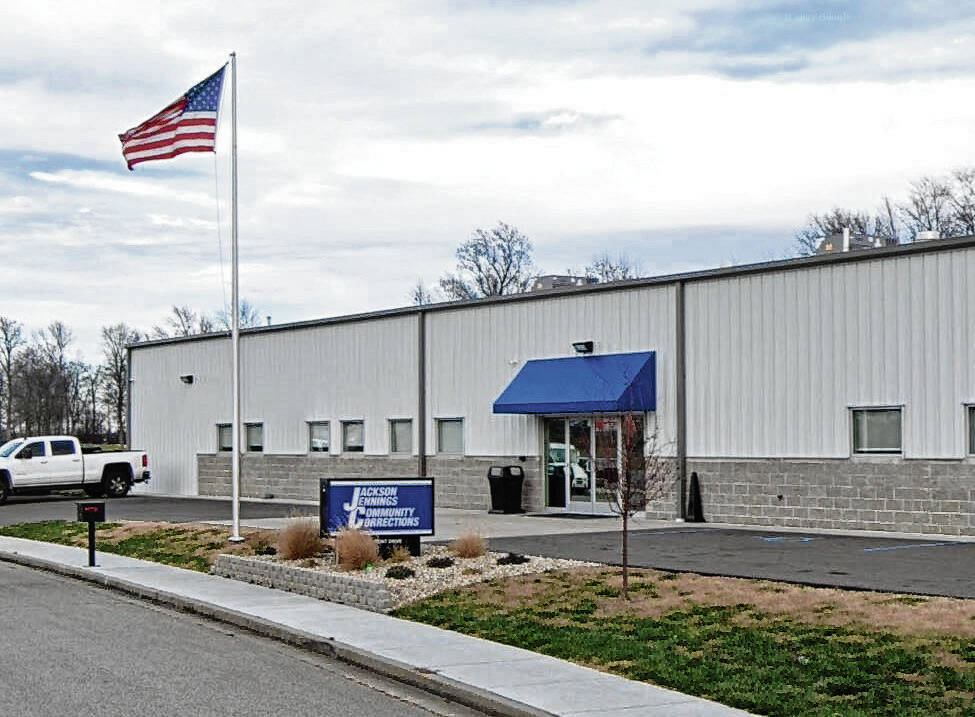
The Jackson Jennings Community Correction Center’s work release facility located at 325 Dupont Drive in Seymour opened in June 2021.
Jared Reedy
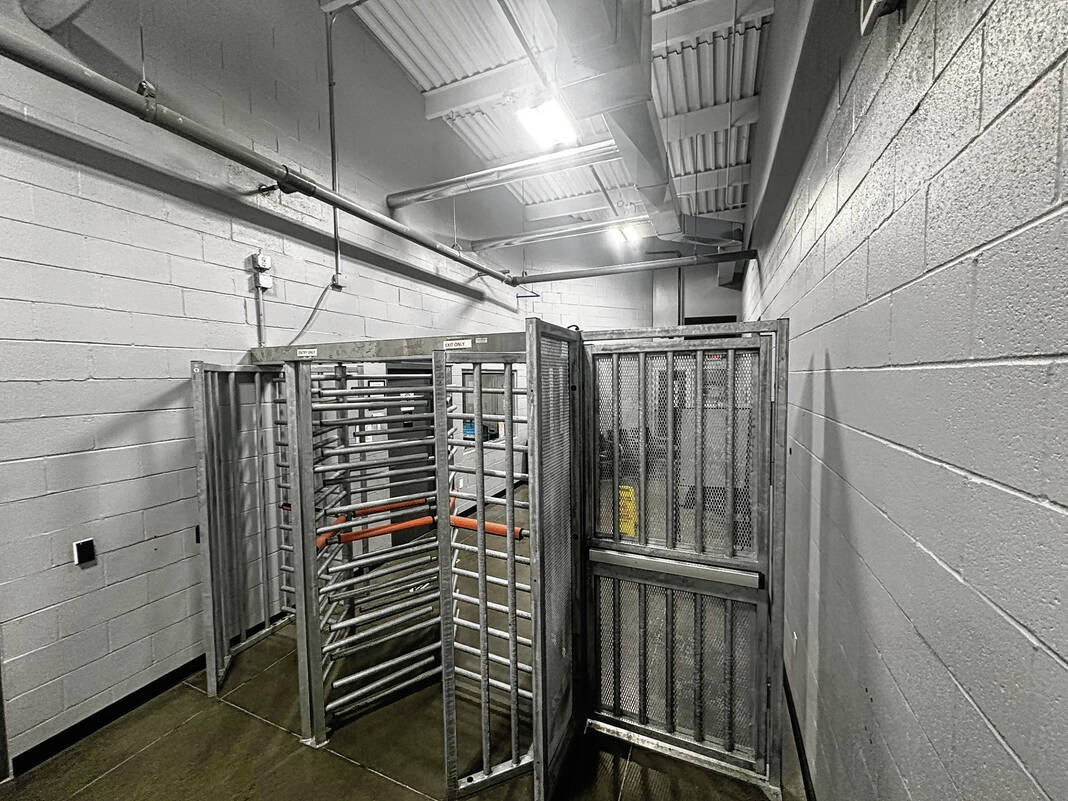
Residents are subject to pat downs and body scans upon returning to the facility from their place of employment.
Jared Reedy
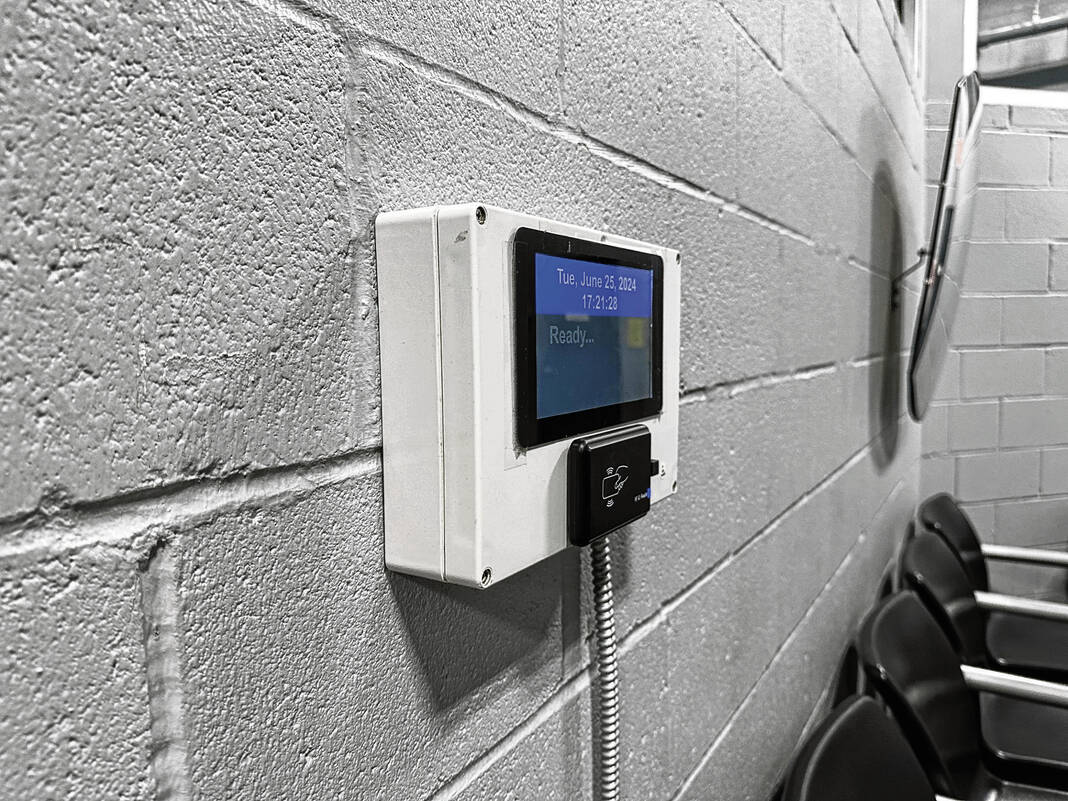
Residents check in and out of the facility with a scanning system that alerts staff.
Jared Reedy
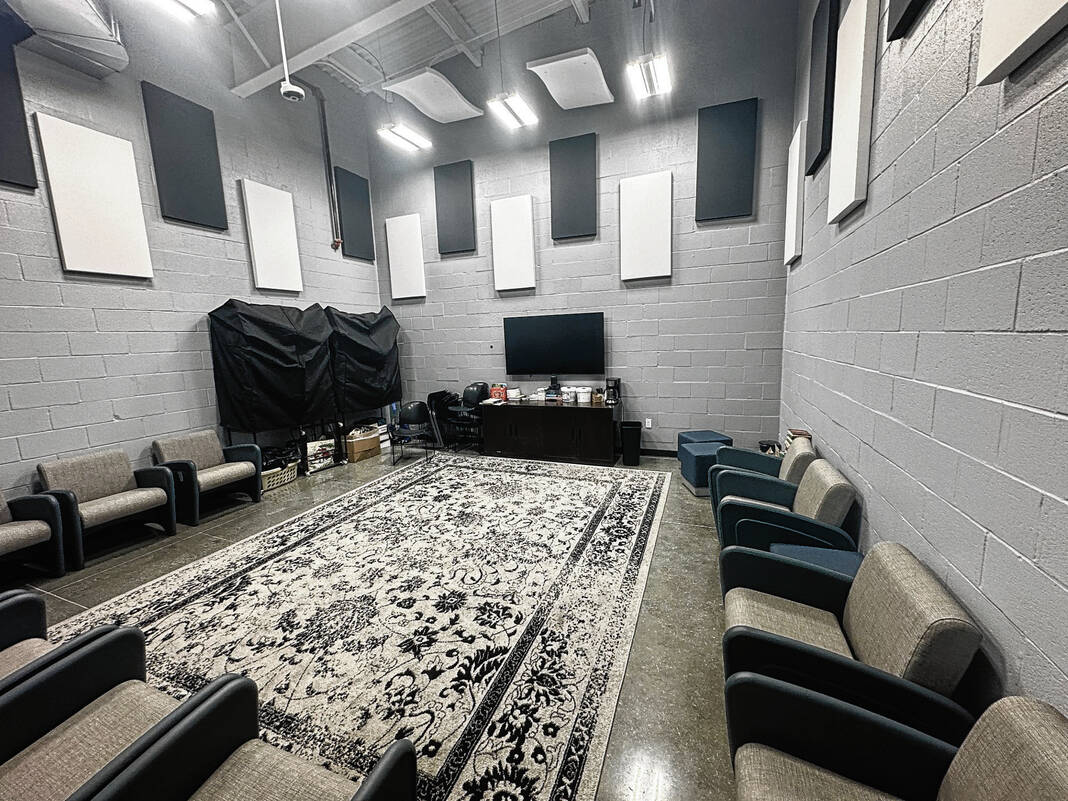
Narcotics anonymous, alcoholics anonymous, anger management classes and Bible studies are offered in this classroom at the facility.
Jared Reedy
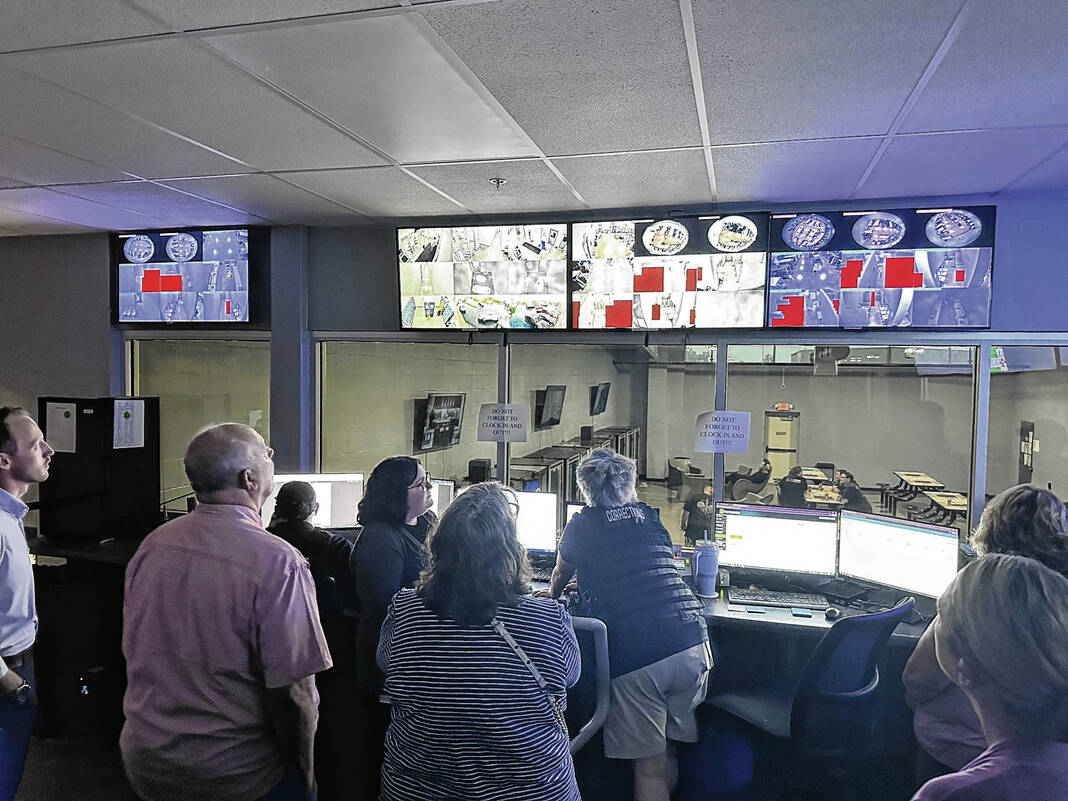
Staff monitor residents in a control room overlooking both day rooms.
Jared Reedy
The Jackson Jennings Community Corrections Center recently held an open house of the work release facility located at 325 Dupont Drive in Seymour offering local citizens a first-hand look at day-to-day operations.
Since the work release facility opened in June 2021, 1,402 assessments have been completed, 590 people began their Community Corrections placement in the work release facility and 429 residents successfully completed the work release portion of their community correction placements.
According to JJCC’s website, a community-based corrections program provides a diversion from prison and county jail for offenders of non-violent crimes. It also is more cost effective than incarcerating offenders and it gives the offender, who would otherwise go to jail or prison, the opportunity to receive assistance needed such as substance abuse and literacy programs to become a productive member of society in their own community.
“Community corrections was developed to become a resource to lessen the burden of the state prison system and ultimately keep people integrated in their communities,” J.L. Brewer — director of JJCC — said on Tuesday. “Instead of just sending everybody to jail or prison, it’s meant to be an alternative. It’s basically a step in between probation and incarceration.”
While Jackson and Jennings counties formed a partnership to build the work release facility, its operations are funded through grant monies and user fees, Brewer said.
“One of the biggest things I try to do to is just be a role model to the individuals here,” Brewer said. “I appreciate when they help us out around here. One of the residents helped mow the grass today. I appreciate that. Role-modeling that behavior is important because for a lot of people it doesn’t click. It’s not the behavior that was role-modeled to them as they went from children up to adulthood.”
At the facility, there are separate day rooms for men and women with vending machines, televisions and books. The residents are monitored via a control room with windows overlooking both areas. There also is a classroom, described by Brewer as “more homey” than other areas, in which narcotics anonymous, alcoholics anonymous, anger management classes and Bible studies are offered.
Residents scan individual key fobs each time they leave the facility or return to it, alerting staff to their comings and goings. Residents return to the facility at the end of their shift at a place of employment every day. They are subject to a pat down and body scan each time they return.
Because many residents at the facility struggle with addiction, peer recovery coaches are on staff to provide guidance and serve as role models.
Peer recovery coach Brooke Lane said there is nothing she would rather be doing than helping individuals through their recovery journeys. Fellow peer recovery coach Joe Madden said living in transitional housing and witnessing how individuals struggle inspired him to become a recovery coach.
“[I enjoy] being able to hold the light for somebody, like somebody held the light for me,” peer recovery coach Kaleb Lane said.
As an intake coordinator, MaryAnna Garrett said she spends a lot of time in jail and in court.
“I just talk to people and get to know them and what’s going on and figure out where we can help them the most — which program gives them the most beneficial services to help them change their lives,” Garrett said.
